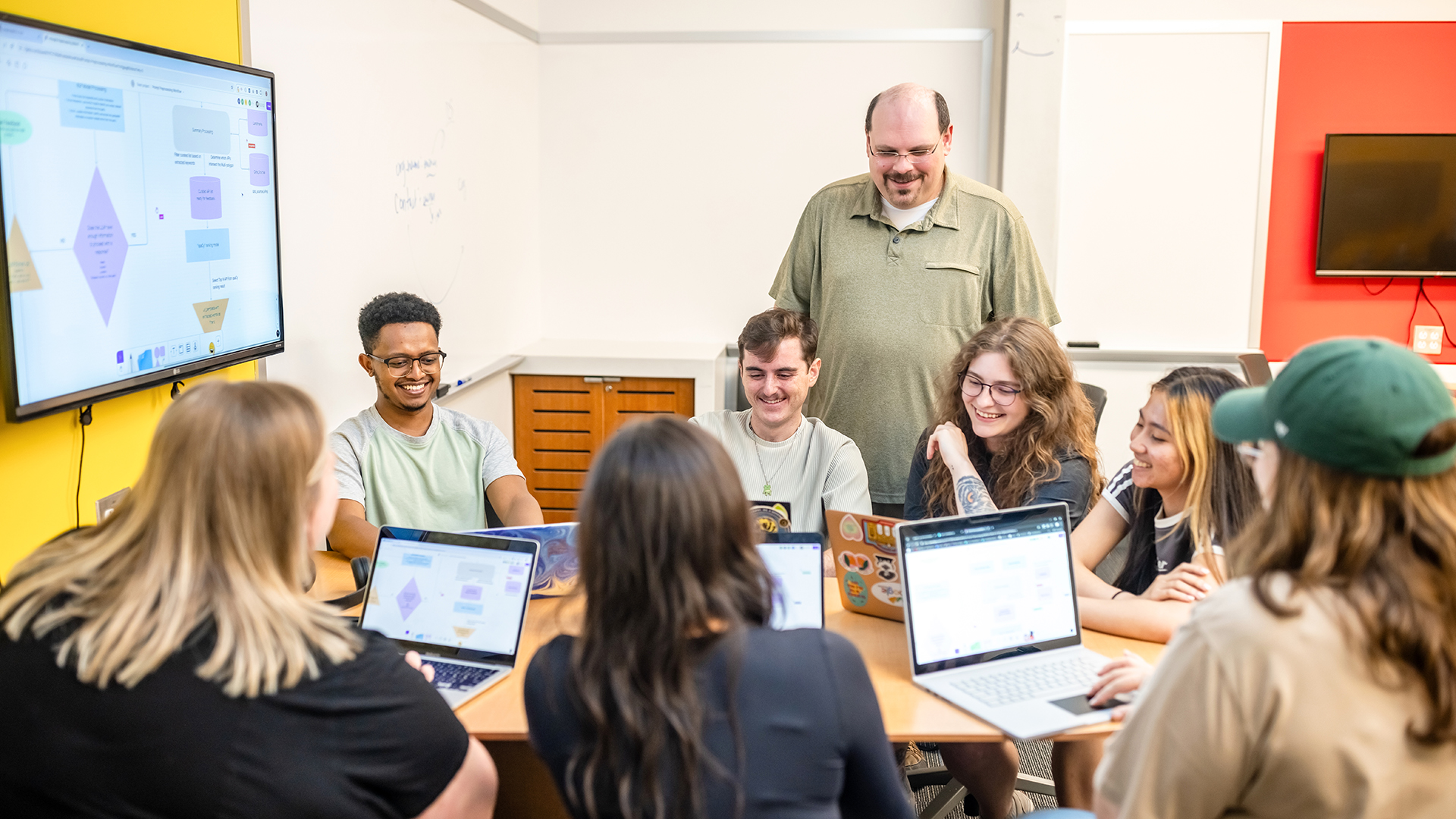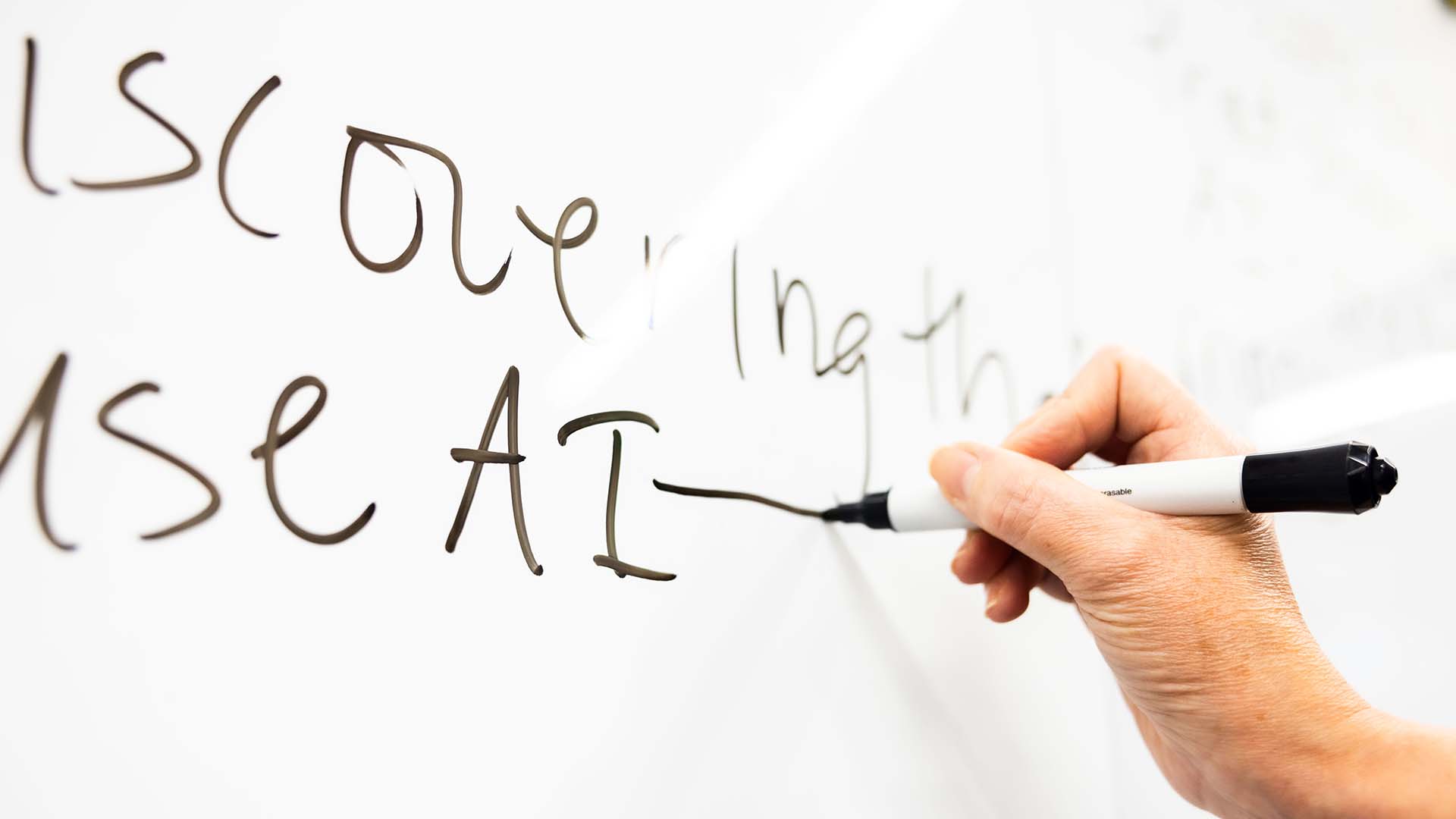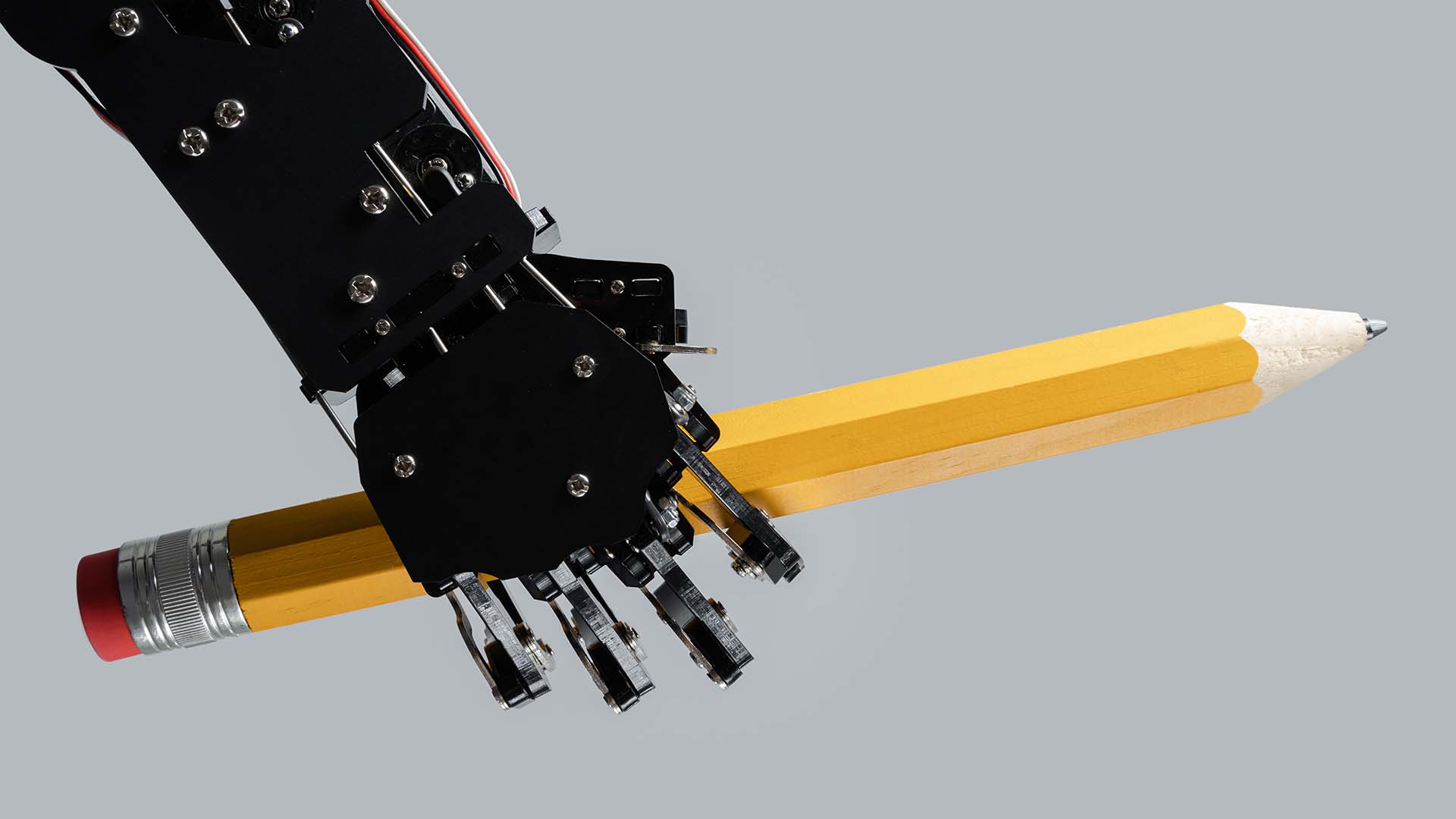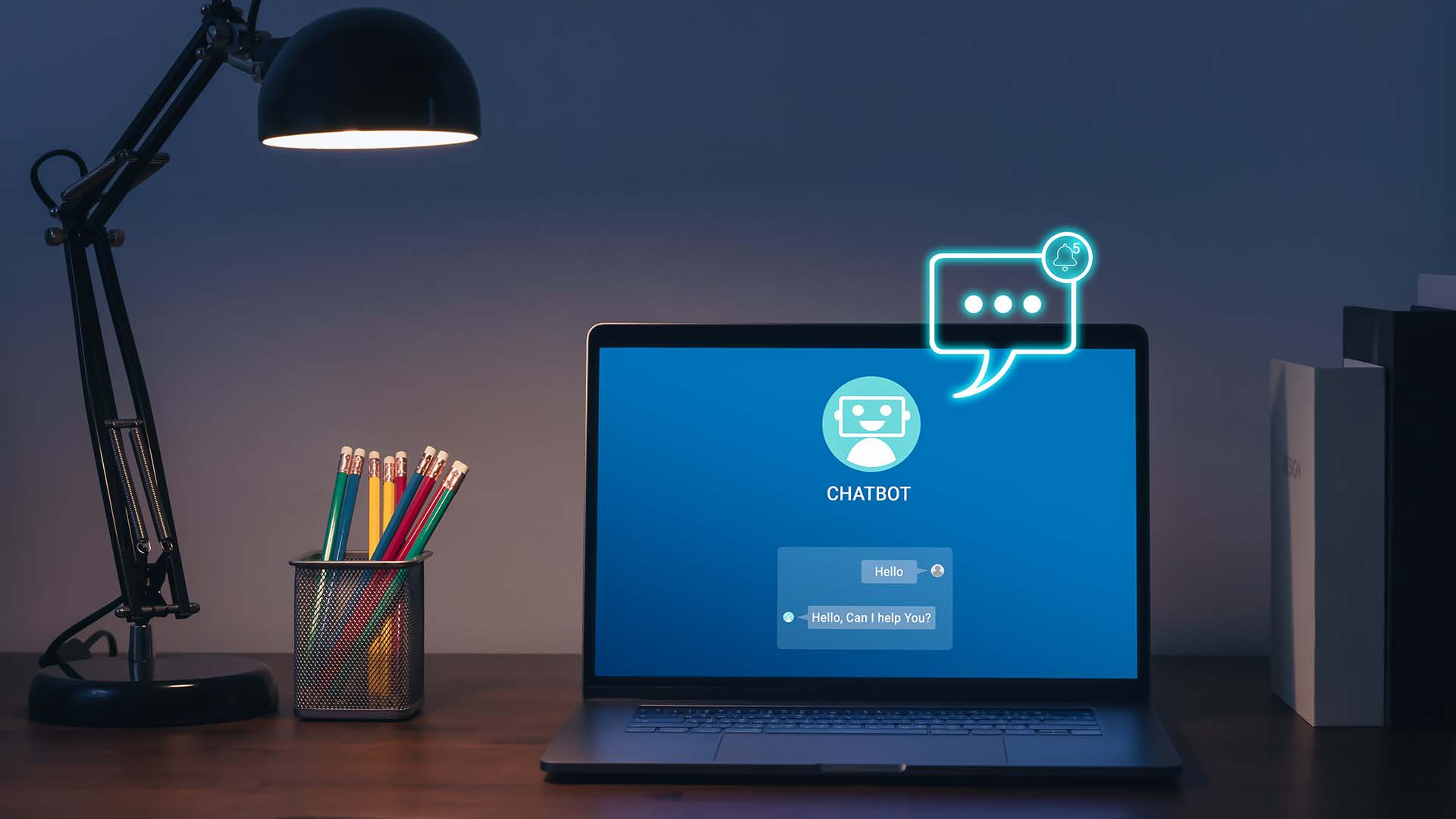AirPods offer real-time AI translation. What does that mean for communication?
MSU Denver’s language expert explores how the latest tools are reshaping connection, learning and cultural understanding.

The new real-time translation feature introduced with Apple’s AirPods Pro 3 has raised fresh questions about the role of artificial intelligence in language and communication.
One New York Times reviewer called the technology “profound,” “seamless” and “practical,” noting the AirPod technology’s improvement over previous apps such as Google Translate.
On the other hand, a popular blog exploring the effects of AI technologies highlights how AI systems aren’t just driving down wages in translation services, they’re flattening culture.
Maria Akrabova, Ph.D., associate professor of Spanish in the Department of World Languages at Metropolitan State University of Denver, offers a nuanced perspective on the promise and pitfalls of this evolving technology.
What do you think about new AI translation tools such as AirPods and ChatGPT?
AI translation is both impressive and risky. While such tools can improve accessibility and communication, they can’t replace the cultural depth, nuance and human expertise that define real translation.
Technology has progressed quite a bit, but real people should still be involved — especially in high-stakes situations — because the errors today are more subtle and therefore more dangerous. Mistakes can slip undetected, and meaning can drift far from what was intended.
What are the limits of AI translation?
AI translation can be compared to Wikipedia: a useful starting point but never a fully reliable source. What some people call “synthetic intelligence” still depends entirely on human input. Even with rapid improvement, AI struggles with idioms and cultural context.
When testing for accuracy in mid-2023, ChatGPT rendered the Spanish idiom “no hay mal que cien años dure” (literally, “no bad thing lasts a hundred years,” which in a general sense means “nothing lasts forever”) as “there’s nothing bad to last a hundred years.” A big deviation from the meaning of a popular idiom in one of the most frequent language pairings, Spanish-English. By now this error has disappeared, and the rendered versions are correct translations, but it is a good example how significant errors can sneak in and may not be detected by common users that rely only on machine translation.
Machines can produce convincingly flowing translations, but idiomatic and cultural nuances remain their biggest challenge. Sometimes, a single mistranslated phrase veers so far from the original meaning that it becomes absurd.
RELATED: Lives at risk without translated storm and fire alerts, experts warn
What’s the future of translators in the age of AI?
Looking ahead, translators will increasingly act as post-editors, reviewing and refining machine output rather than generating every word themselves.
We don’t just need humans in the loop; we need experts in the loop.
Highly trained translators will become rarer but more essential. Translation is both a science and an art that takes years of immersion and practice. Any skill takes time to master, especially one as complex and artistic as translation.

What does language learning look like in a machine-translated world?
Instant translation tools, while connecting more people across languages, may also discourage deep learning.
They connect people on a surface level but can stunt true fluency and cultural understanding. Real fluency requires immersion, exposure and motivation.
Language learning builds not only communication skills but also cognitive health. The more languages you learn, the more structures of thought become embedded in your brain. It keeps your mind sharp.
What do we need to be thinking about in terms of accountability and education?
It’s important to address concerns about accountability. We must ask who’s responsible when errors occur, especially in medicine, law or government. If ‘good enough’ becomes the new standard, we risk letting machines define what accuracy means.
When it comes to education, the value of human teaching is essential. We can’t reach higher levels without building the lower ones. Students need to understand the value of human teachers and human thought.
Speaking of human thought , what risks does AI pose to preservation of language and culture?
Protecting language equity and cultural diversity is essential. If machine-led translation dominates, high-frequency languages like English, Spanish and French will thrive, while less common languages and the cultures they represent could be left behind.
This technological shift is similar to music. We’ve had synthesizers for decades, but the skill of a violinist is still valuable. They bring emotion, nuance and humanity. The same goes for language.
How do we find balance between humans and machines?
Ultimately, there’s a future where humans and machines coexist, but with clear boundaries.
Human creativity and cultural voice must remain central. Technology should serve as a bridge, not a replacement.
Learn about MSU Denver’s Certificate in Translation Studies.







